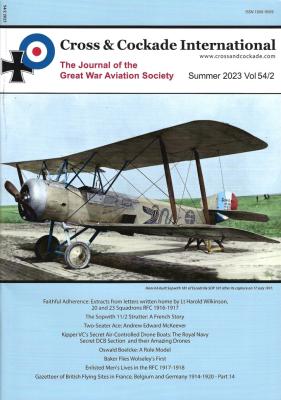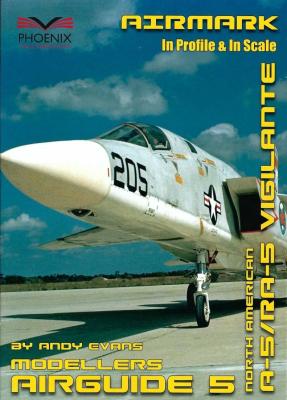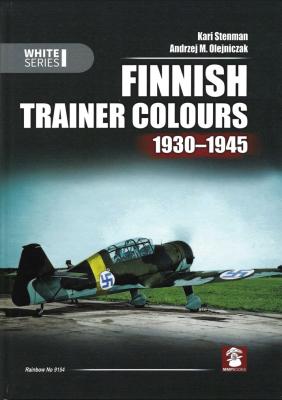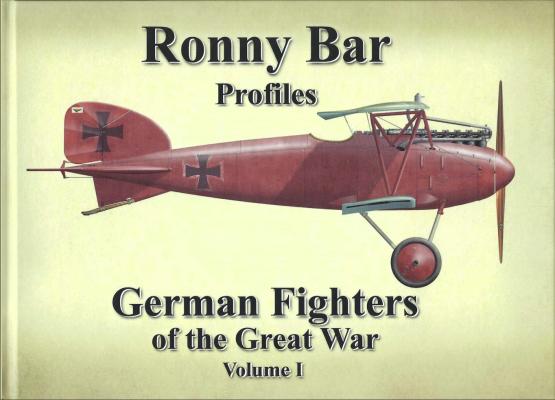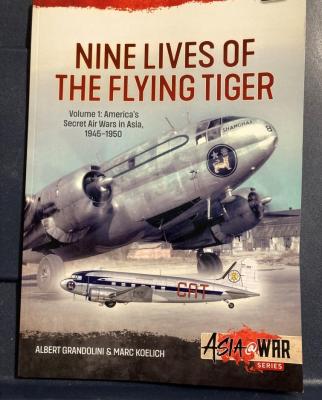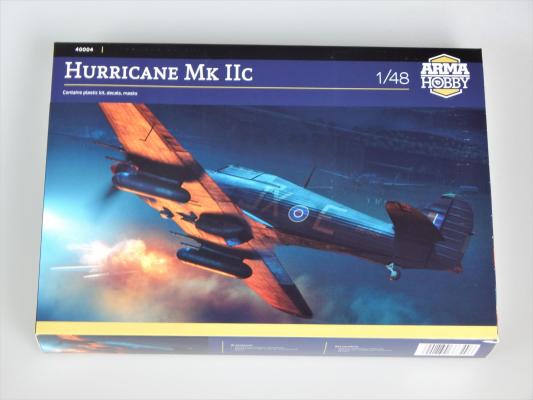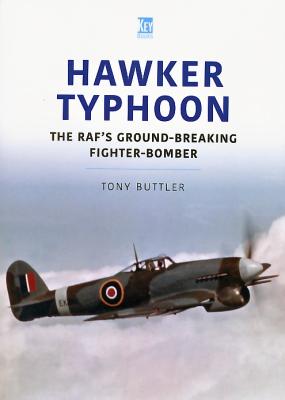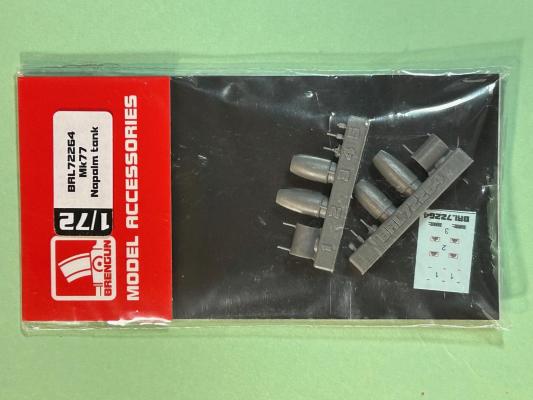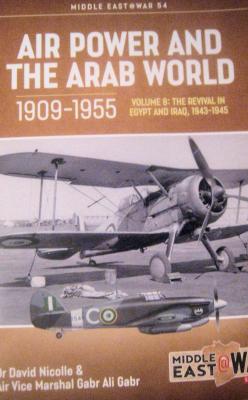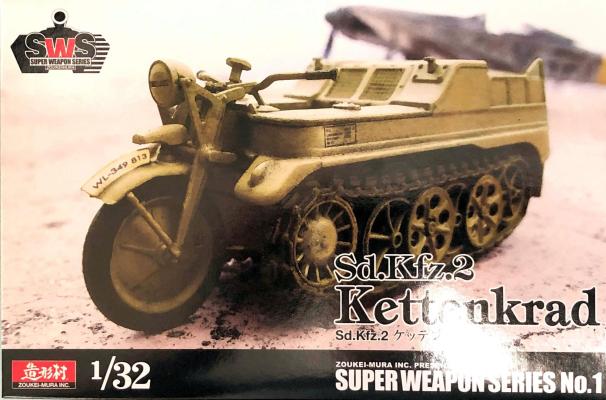Cross & Cockade International is a non-profit UK based group known as the First World War Aviation Historical Society that publishes their journal four times a year. Issues are available as printed as well as digital copies (or both). They also provide a free newsletter (sign up on their website) and occasionally publish WWI themed books like the Sopwith Dolphin monograph I reviewed earlier for IPMS USA. This Journal is the sister of the US Journal, Over The Front.
From the Phoenix Scale Publications website, “Phoenix Scale Publications is a partnership of four people who have worked in the modelling and aviation press for many years and have come together to produce two brand-new, high-quality modelling titles and a new book series – for modellers, by modellers – with each partner bringing their own unique talents.”
This Air Profile Book is authored by Andy Evans, who, during his 40-year career has been involved with five aviation and modelling magazines, as well as an author of numerous articles. His accomplishments include over 60 aviation and modelling books to his name.
Authors: Kari Stenman
Illustrators: Andrzej Olejniczak and Karolina Holda
One of the latest in Mushroom Model Publications’ White Series, Finnish Trainer Colours 1930-1945 follows up earlier volumes on Finnish aircraft: 2021’s Finnish & German Seaplane Colours 1939-1945; 2018’s Finnish Jet Colours; 2018’s Finnish Bomber Colours, 1939-1945; 2015’s Finnish Fighter Colours, 1939-1945, Volume 2; and 2014’s Finnish Fighter Colours, 1939-1945, Volume 1. MMP is calling this book part of their "Rainbow Series." I'm guessing that refers to their large format camouflage and markings set of books in their "White" series that have addressed Bulgaria, Finland, Hungary, Poland, Portugal, Romania, Russia, and Sweden. This series seems to share a commonality of discussing the specific topic of the evolution of a countries' evolution in markings. To that end, this book utilizes many previously un-published pictures and focuses in on individual aircraft to supplement with superb color illustrations.
Mortons Media Group was established in the 19th century and has been producing book-length publications since the early 2000s. The company established a dedicated books division in 2019 and Mortons Books has already earned a reputation for publishing high-quality titles by authors who are true experts in their field. For the best reads on rail, aviation, nostalgia and history, look no further. This book, part of their imprint Tempest Books, addresses all aspects of aviation history covered in authoritative detail. The aviators and aircraft of the Second World War are profiled by our titles alongside more modern fighters, bombers, reconnaissance aircraft and transports. 'Secret projects' and experimental designs are also an important part of the Tempest Books portfolio.
Here is the overview from Casemate’s website:
What is in the Box
- 3 gray injection molded plastic sprues
- 1 clear sprue
- 1 set of pre-cut masks
- 1 decal sheet with 3 markings options
- 1 instruction book
Construction
The Arma 1/48 Hurricane IIC starts with an unconventional build sequence, wings first, which was like their 1/72 kit. The parts are cleanly molded with crisp detail and accurate scribing. There was no flash, the parts are molded with no sink marks, and what few ejector pin marks I did see were all in areas that were not visible on the model. There is an errata in the kit to change the fit of the wing. It is minor but something to be aware of. Also, there is an error on the ejector ports for the 20mm cannons. One must be filled while another has to move in the same area. This is up to the individual modeler to make an absolutely accurate Hurricane.
Although designed as a fighter to replace the Hawker Hurricane, the Typhoon found fame as a ground attack aircraft and as a rocket-firing tank buster. In this small, mainly photographic volume, acclaimed British author Tony Buttler concisely outlines the development and career of this charismatic aircraft from its inception at the start of World War II to its service demise in 1946. A short span for sure, but the impact of the Typhoon was, as Buttler explains, outstanding.
Many of the photos have been seen before, but the author is also able to draw on the archives of Aeroplane magazine, now owned by Key Publishing, to add some depth with photos that perhaps have not been published since the war. The quality of the images is mostly very good, and reproduction is excellent. Most images are black and white, though there are some period colour images too.
A nice feature is a short chapter featuring the recollections of a former Typhoon pilot with some of his photos.
This Mk. 77 is an unguided incendiary weapon used by the U S military. The Mk. 77 uses a fuel gel mixture that is similar to napalm, with similar effects when dropped. The Mk. 77 was used in Operation Desert Storm to destroy oil/fuel filled trenches and obstacles created by the Iraqis.
The set includes parts for two complete cannisters, each comprised of a tapered nose section, a barrel shaped center section and a tapered tail section. While the nose and tail sections are similar, they are not identical. The set also includes three different types of fuses for each cannister, and the instructions illustrate some of the fuse combinations available.
Historical Background
This book is a part of a series of detailed historical studies of the development of military aviation in the Arab World starting with the era of European colonization in the Middle Thirties, the events leading up to the outbreak of World War II, the conflict itself, and the decline of colonization after the end of the war. The major colonial power was, of course, Great Britain, with France, Spain, and Italy playing minor roles in the story. Of course, Germany attempted to establish control in North Africa during this period, but they, along with the Italians, were removed by the end of World War II. One other factor that many people are unaware of is the presence of small groups of various European nationalities living in Arabic countries, although their influence on events was usually negligible.
Zoukei-Mura is a name recognizable to many aircraft modelers, mostly for their incredibly detailed 1/32 and 1/48 scale planes. Their first offering in the armor genre, or Super Weapons Series, was the 1/32 scale Kleines Kettenkraftrad (typically shortened to just Kettenkrad). This kit includes markings for use of the vehicle by the Luftwaffe to tow planes in the later stages of WWII and will look great alongside any of the 1/32 scale German aircraft offerings from Zoukei-Mura.

